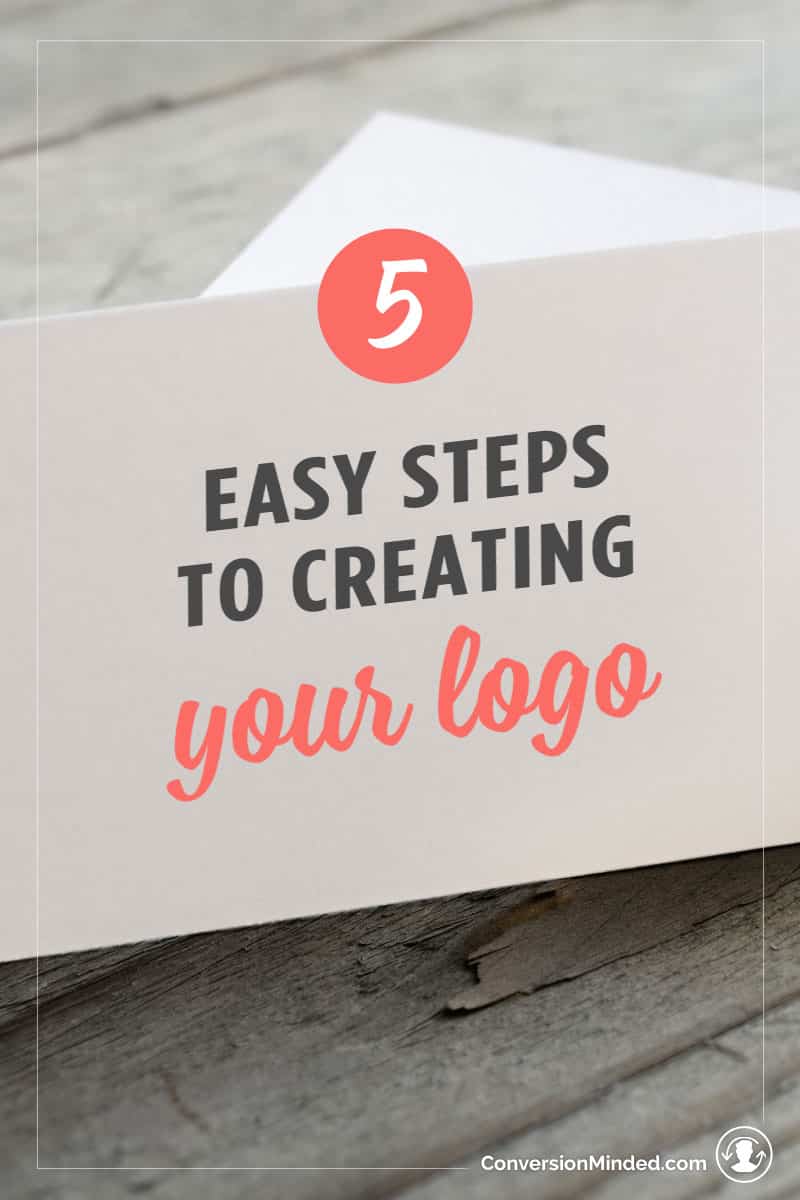5 Steps to Creating Your Logo
 Branding is definitely about more than your logo and brand identity, but let’s face it, your logo is going to symbolize your brand more than anything else. So it pays to ask yourself the right questions before you start creating a logo.
Branding is definitely about more than your logo and brand identity, but let’s face it, your logo is going to symbolize your brand more than anything else. So it pays to ask yourself the right questions before you start creating a logo.
Keep in mind that a logo isn’t supposed to be a fancy, ornate statement that describes what you do. The purpose of a logo is to identify rather than to explain, which simply means that what’s important is what the logo represents — your brand.
Here are five steps to creating a logo that does that:
1) Know what you’re looking for
Before you start working with a designer, ask yourself these questions:
- What product or service do you sell and who are your customers?
- How do you want to portray yourself to others? Friendly? Professional?
- How do you want people to feel about your image? Inspired? Happy? Energetic?
- Where will you use your logo? Just your website and social media, or on flyers too?
- Will you need it for signage? On t-shirts? Will you need merchandising or tags?
This is where a bit of due diligence can really pay off and save you money. By answering these questions you’ll get an idea of which fonts to work with and whether to keep the design simple or more graphic. And you’ll get designs out of the gate that are closer to what you’re looking for.
2) Make it instantly recognizable
The shapes, colors and fonts used in your logo design should be unique and noticeably different from other logos within your market. Look at your competitors’ logos and make sure you’re not infringing on any copyrights. If you think your logo design is too close to that of your competitor, make sure you make the adjustments you need to differentiate it. The last thing you want is to find out that a health club down the road has a logo that looks just like yours. Taking the extra effort to create a unique, instantly recognizable logo will pay off in the end.
3) Keep it simple
Simple is the way to go, especially when you look at your brand from a high level. A logo represents your brand, but there are other elements that weigh in. If you make your logo too ornate, you don’t leave much room for your content, posts and images to do their part. You want everything working together to tell your story, so keep it open and leave room for other elements to do their part.
Simple logos are also easy to read. If you keep your design simple and bold, it will be just as readable as a favicon as it is on a trade show banner. You want it too look good in black and white and in color, so stay away from gradients and textures.
4) Focus on one main graphic element
Designing a simple logo doesn’t mean you need to sacrifice creativity. Experiment with typographic treatments like Verizon and bold designs like FedEx. If your company name fits, you can play with a graphic design like Starbucks. Whichever direction you decide to go in, keep in mind that your logo shouldn’t have more than one graphic element, whether it’s incorporated into typography or integrated as a separate mark. Too many graphic elements will not only make your company look confused, it will also it be difficult to work your logo in with other branding and marketing initiatives.
5) Choose an appropriate font
Choosing a font for your logo can be just as important as the overall design itself. If you’re in finance, for example, your font should convey trust, credibility and confidence. So you would choose a sans-serif font that is simple and elegant. You’d also want to choose a font family with different weights, such as light, medium and heavy so you can play with it. And your color palette would be more sophisticated rather than bright.






Leave a Reply
Want to join the discussion?Feel free to contribute!